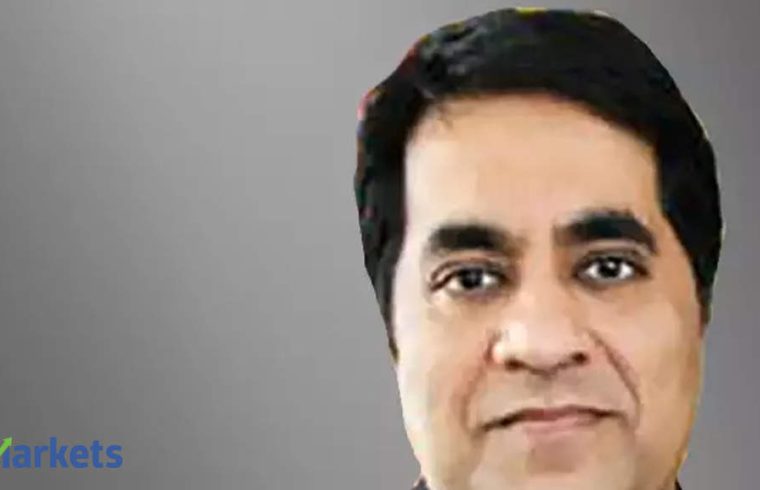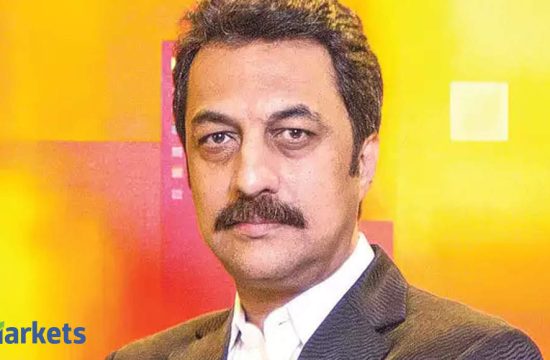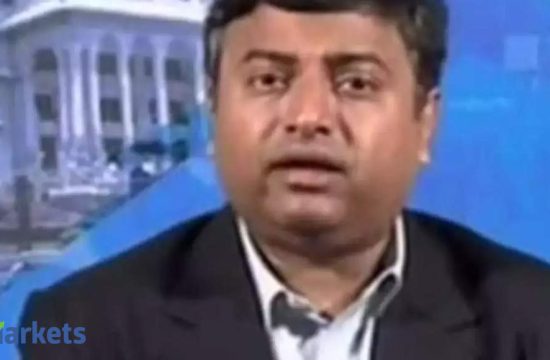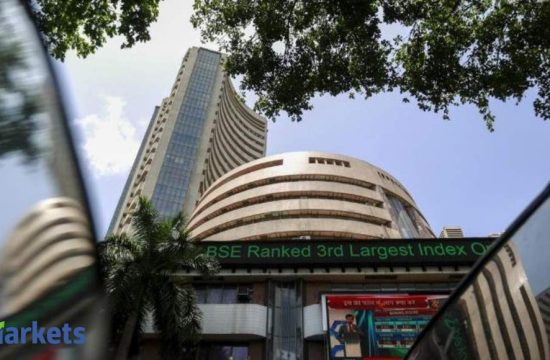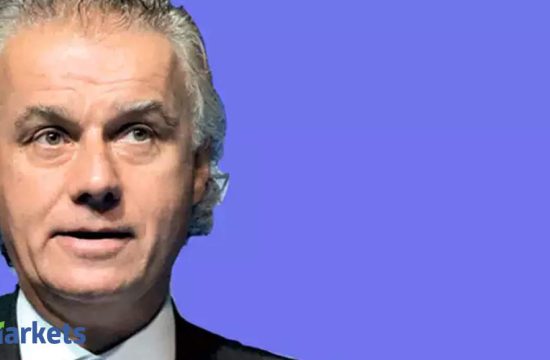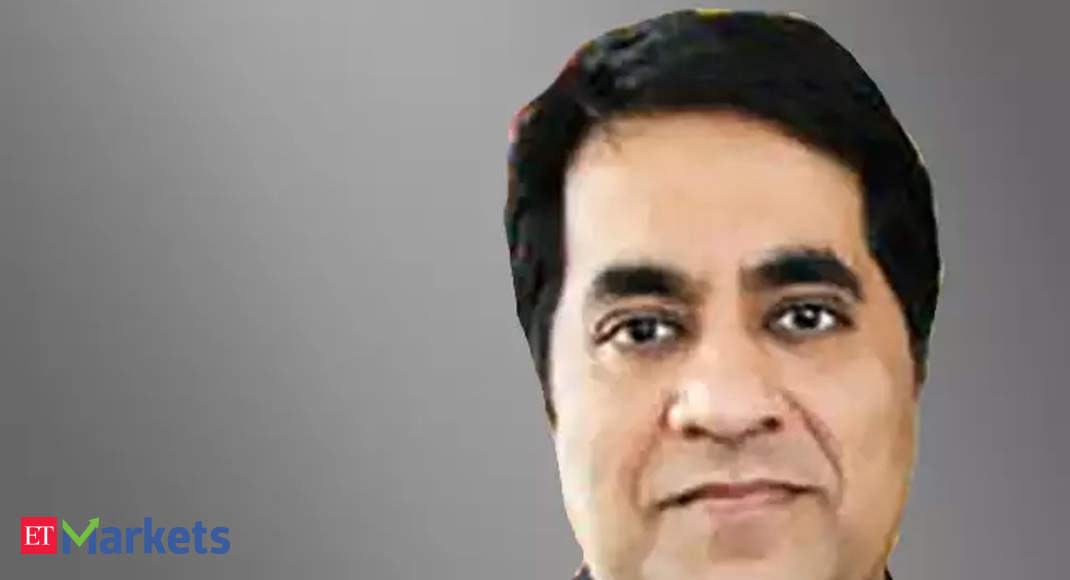
The MD & CEO of Motilal Oswal Securities spoke on his outlook for the market and his preferred investment themes ahead of the firm’s annual global conference.
There is a feeling that the market is overheated now but nobody seems to be willing to bet against the momentum. What are your thoughts?
People have been taken by surprise at the pace of recovery of the market from the March lows. The benchmark Nifty excluding financials is already near a new high. So, markets have rallied a lot faster than what anyone would have thought. And this is a global trend, not specific to India. India is, in fact, still underperforming some of the other bigger markets. But this is a global trend.
Whenever you have the system awash with liquidity, like we have now, the asset inflation trends in the short term can surprise you. It is true that markets are overheated right now. The markets believe that the impact of the pandemic is going to last for a shorter time than what people thought earlier.
Will this momentum take the markets to all-time highs?
The markets are already at record highs barring the financials, which will have to weather some more headwinds. You will see the market consolidating and a lot of the bottoms-up stock picking will make more money than taking a view on an aggregate market.
In your interactions with large foreign funds, what is the sense you’re getting on their outlook for India?
Foreign investors have actually remained very neutral on India. They haven’t been as gung-ho as the markets may have given you an impression. A very large part of the flow that you have seen in the recent times would largely be towards the primary issuances. These investors are waiting to see how India copes with this pandemic, the macro data points and how companies recover.
“A new set of mid-caps and small caps are now coming up with the changing business environment. These are intermediaries in the capital market business and some mid cap pharma companies.”
There has been more portfolio reshuffling amongst these institutions rather than bringing in any big fresh money. Major components of the market move in the last few months have essentially been driven by retail and HNI money.
What has been the bias of foreign investors while shuffling portfolios?
They have raised their weight on pharma and cut the weight on BFSI to an extent. This is one important sectoral trend change. Secondly, they’re looking at larger mid-caps, which have the right size and liquidity.
What is the assessment of the ongoing India-China dispute among global investors?
There is no clear assessment of the economic outcome per se. But they are looking at opportunities like commodities, pharma, chemicals or digital initiatives. That is how people are positioning themselves.
You have covered banks for many years. What is your outlook for the sector?
The important thing is how do you see the payment behaviour after the moratorium gets over. That will decide the extent of the provisioning that banks will need to make. So, most of the lending entities have either raised capital or are in process of raising capital, because they want to build the buffer for the higher credit costs. You still may have many non-performing loans, because of business cycles continuing to be in stress. So, that is one and then the second is the new growth for banks.
One is to protect what you have and the other is to grow. In the last few years, BFSI became a very over-owned sector in portfolios. The weightage of BFSI in the benchmarks had gone up to as high as 40%. That in itself needed a correction. Maybe this is now giving it a more much needed correction.
What about technology and pharma? Is there steam left?
I think so, because first of all, these are very secular stories. Companies growing at 10-12% and distributing a large part of the profit as dividends can help you compound at 15% per annum. That’s a very good, high-quality return that you can get from large cap IT stocks.
In pharma, companies are coming back to growth orbit after multiple years of underperformance. While one may say that stock prices have done very well, business opportunities are getting better on all fronts.
What returns should investors expect over the next 6-12 months?
There will be many, many stock specific opportunities to make good money from it. So, even in a flat market, people can make high double digit returns by having the right stock. Another thing which I want to highlight is that a new set of mid-caps and small caps are now coming up with the changing business environment. These are intermediaries in the capital market business and some mid cap pharma companies. Some of the consumption plays and some digital companies will also do well.
The continued momentum in mid-caps can surprise us if the market holds up well. There is likely to be one more stimulus that is going to come right once we get a vaccine.
One unique feature of the crisis this time is whenever you had a crisis in the past, our currency and our forex reserves always ran into a worrisome trend. This time, the currency has been stable. Our forex reserves are now over half a trillion dollars. So, these macro data points will allow us to sleep very peacefully.
